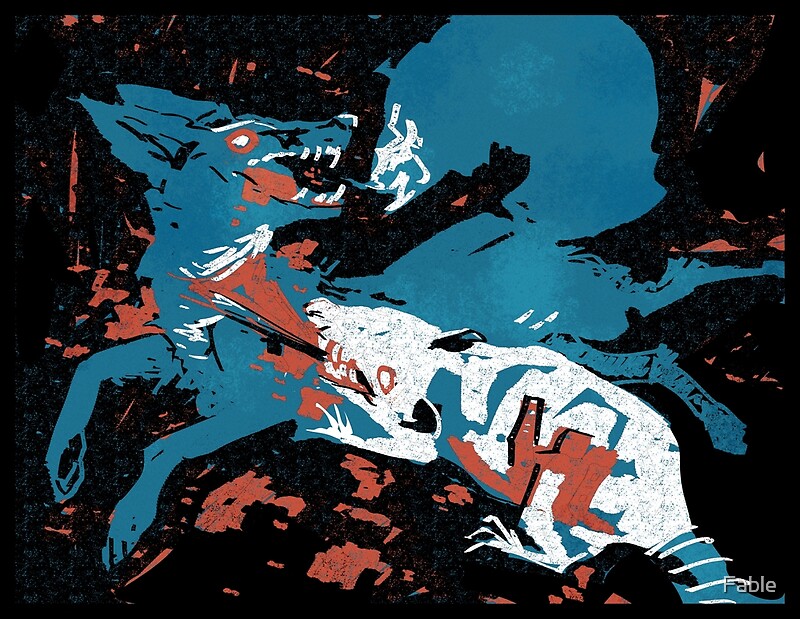

Herbivory is a type of predation in which animals/organisms consume autotrophs such as plants, algae, and photosynthesizing bacteria. Herbivory The Koala Phascolarctos cinereus is an herbivore. There are extinct herbivores that weighed in at nearly 15 tons! Interestingly, herbivores can grow to be much larger than carnivores, as they don't need to hunt down their prey and often aren't limited in the way that carnivores are. Even though the largest extant carnivore, the polar bear, weighs only about one half of one ton, there are documented extinct species that tipped the scales at nearly one ton. Carnivores have, therefore, been assigned a maximum possible body mass of one ton. That is, large-bodied carnivores expend more energy hunting their prey. Specifically, it was shown that energy expenditure by the predator increased with increasing prey size. The results showed consistent differences in energy and time budgets between small and large-bodied species. The resulting predictions were compared to daily energy intake estimates for 32 species. A daily energy expenditure model was developed that incorporates the energy cost of hunting per unit of body mass. These limitations can be divided into two dietary groups: (1) small-bodied species, which feed on prey smaller than themselves, and (2) large-bodied species, which feed on prey of approximately the same size. (2007) used mathematical models to predict prey size limitations for carnivorous mammals. Therefore, the concept of meat in the definition of carnivory is open to interpretation.Ĭarbone et al. Even though we sometimes associate carnivores with larger animals, carnivorous habits can occur in plants and fungi that feed on insects or microscopic invertebrates. Hypercarnivores are an extreme example of obligatory carnivores and are able to eat only meat due to restricted digestive capabilities. Obligatory carnivores, on the other hand, cannot survive without meat in their diet. Some types of carnivores do not need to eat meat in order to survive but do so anyway. Organisms that eat meat are accordingly called carnivores. Carnivory takes place when a predator consumes meat rather than plants and consequently kills its prey. Mutualism is not lethal to either predator or prey but, rather, benefits both organisms.Ī carnivorous plant has evolved mechanisms of attracting, trapping, and consuming insects Carnivory Ĭarnivory is usually the first type of predation that comes to mind when thinking about relationships between predator and prey. Carnivory is lethal to the prey, while herbivory and parasitism may or may not be lethal to the prey.

Each type of predation can by categorized based on whether or not it results in the death of the prey. There are four commonly recognized types of predation: (1) carnivory, (2) herbivory, (3) parasitism, and (4) mutualism. This definition is applicable to both plants and animals. However, ecologically, predation is defined as any interaction between two organisms that results in a flow of energy between them. It is easy to think of predation in the context of common sense. The skunk releases a toxin or noxious compound that has a foul smell/odor to it The skunk is an example of a prey who uses its chemical defense to scare off predators. The balance between survival of prey and predator is part of the reason that our ecosystem is so diverse. Prey develop defenses against their predators, and predators strive to overcome such obstacles. The food chain is a cycle of predation, and although it is necessary for life to exist, it has to have limits. Plants utilize the sun's energy, animals eat plants and utilize the plants' energy, and some animals eat other animals and utilize their energy. Ultimately, the source of energy for all life originates from the sun.


 0 kommentar(er)
0 kommentar(er)
